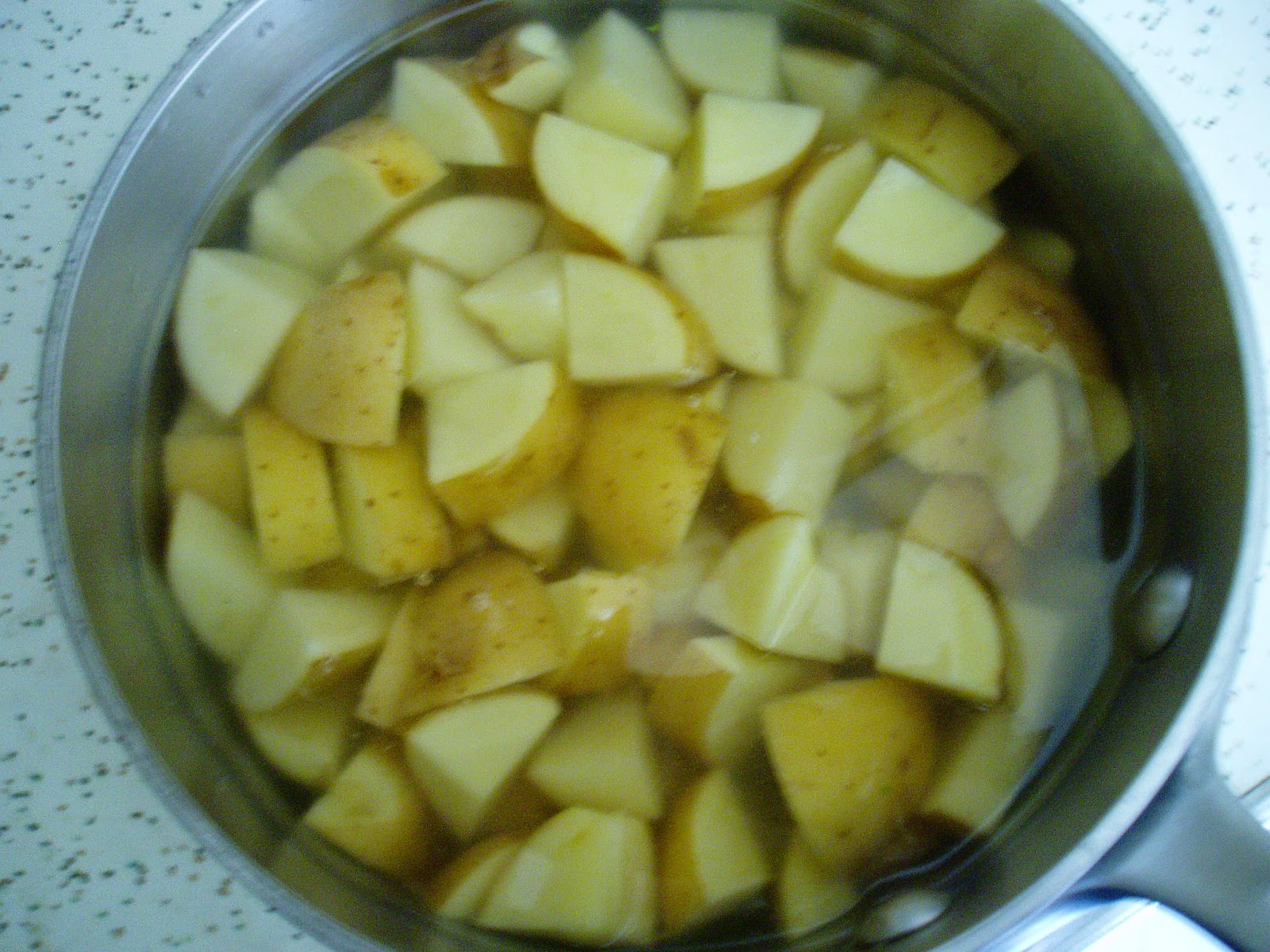A Perfect Cup of Coffee
If you’re a coffee drinker you might like to try making it as I do. It takes longer to prepare than a cup of instant, but I think it’s well worthwhile. As far as I’m concerned the only thing worse than instant is coffee made with one of those machines that heat the water past boiling and produce burned coffee that is unpalatable. After I kept seeing ads for these new fangled machines that make a cup at a time, I decided to try a cup when I was at the vet surgery recently and the coffee was so foul I had to throw it away. It had a horrible, burned, acidic flavour that put me in mind of medicine I’d rather not take.
Anyway that’s enough of my ranting let me get on with my method for making my perfect cup. Here’s a picture of what you’ll need:
A coffee grinder: any grinder will work as long as it grinds the beans finely.
A filter cone: you can choose between plastic or china. China is probably better, but I’ve had both and can’t tell the difference, which may be a reflection of my palate.
Paper filters: you can choose between cheap white or unbleached. Some say the flavour is better with the unbleached.
Coffee beans - try to find a company in your area that roasts the beans and uses free trade coffee.
A 1/2 Tbsp measuring spoon
A brush, which you can get for a dime at your local handicraft supplier.
Heavy whipping cream - unless you like black coffee.
A cup and saucer or a mug.
Barely boiling water - water for coffee should be just under boiling or the coffee will taste burned and acidic.
Method:
Put enough coffee beans in the grinder to reach the blades. This will make about two cups of coffee. Grind the beans for a count of 22 seconds.
Set the kettle on to heat while you prepare the coffee.
Put the filter paper into the cone.
Measure two skimmed tablespoons of ground coffee into the filter.
Put some cream in the cup or mug and place the cone on top. Use the brush to clean out the lid and also do this when the grinder is empty - this is important as any coffee left will go rancid and spoil future grinds.
When you see the first whiffs of steam coming from the kettle the water is hot enough. Pour a little into the filter to warm the grind.
When the water drips through add enough water to cover the grind. When this has almost dripped through wash down the sides with more water. Keep monitoring the level in the cup or mug to avoid overflow.
I don’t advocate adding sugar, because it masks the full flavour of the coffee and is not good for your body! If you want a little sweetening add 1/16th tsp, but no more. If you’re used to a lot of sugar, please, please do try to reduce it until you don’t need any at all. It will be much healthier for you and you’ll be amazed how much better everything tastes without sugar. Sugar is a preservative and should be used very, very judiciously. The reliance on sugar has been encouraged by the food industry, which adds sugar to everything and this does not allow your palate to mature. If you find that the coffee is too acidic, even made this way, you can add about 10 grains of salt to the grind in the cone before you add water. This is much better for you than any amount of sugar.


























